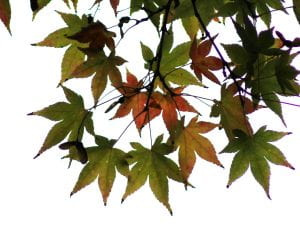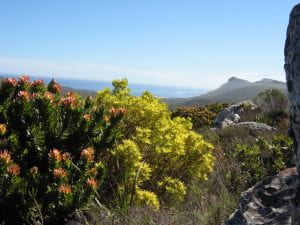By Andy Winfield

In summer a breeze will work its way through the boughs of a tree and the resulting sound is one of the constants in our lives, a white noise of leaves dancing on their stems. Right now, in autumn the leaves are at our feet, or swirling around corners, collecting at the foot of a tree, or at the base of a wall. Leaves stimulate all of our senses; we calm down merely by touching a leaf due to our innate evolutionary programming, and the sight of them emerging in Spring is enough to quicken our heartbeat. When we give leaves a bit of thought, it’s a wonder every tree and shrub doesn’t have a group of people staring up at them in awe. (more…)


